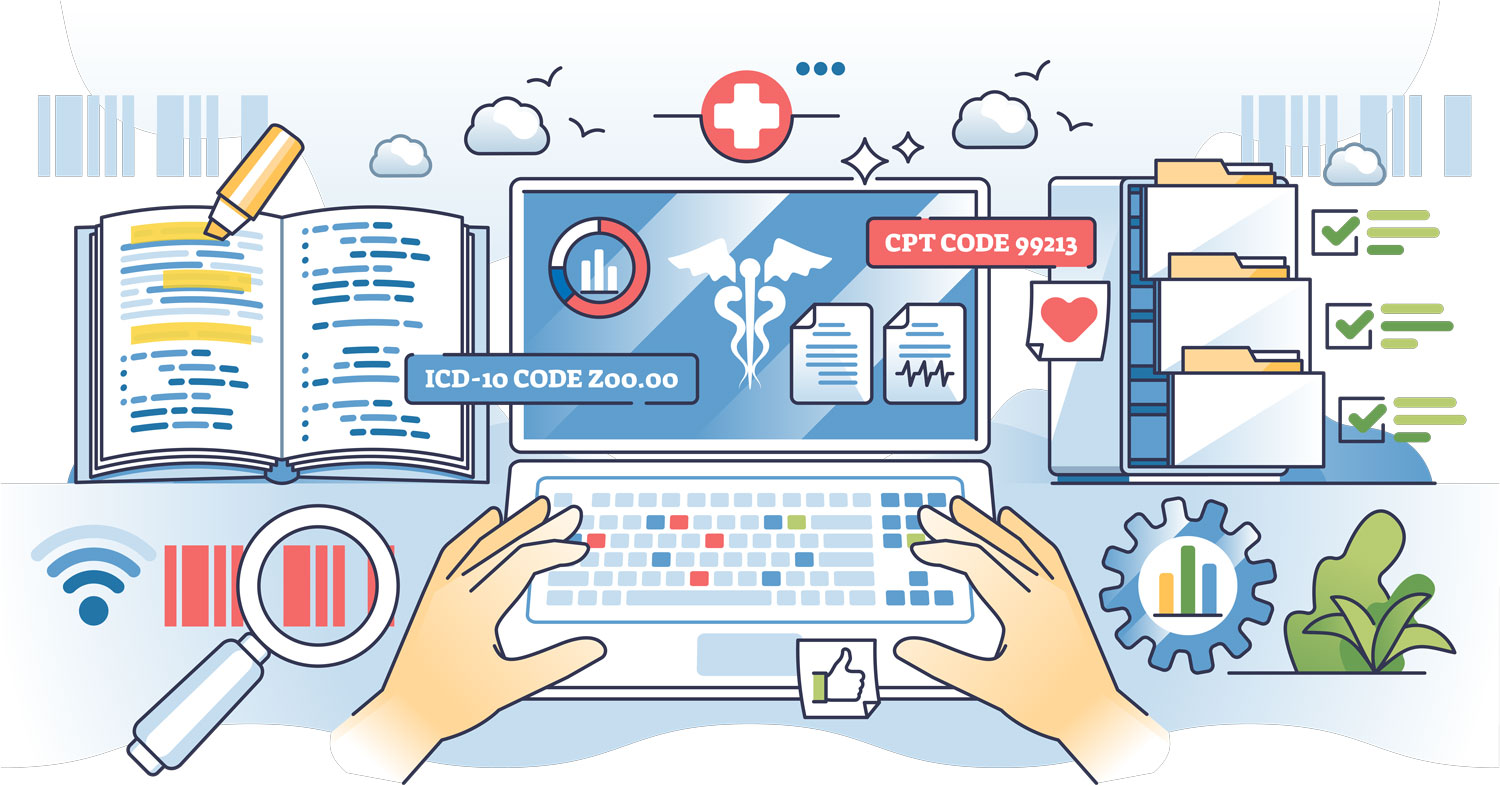Story by Connor Danielowski / March 21, 2025

As a healthcare provider, mastering Chronic Care Management (CCM) CPT codes is essential for optimizing patient care and ensuring proper Medicare reimbursement. With updates in 2025, understanding the nuances of CCM billing codes is more important than ever. In this guide, we’ll break down the CPT codes, eligibility criteria, billing requirements, and revenue potential of CCM programs.
CCM is a Medicare Part B program that allows healthcare providers to deliver non-face-to-face services to patients with two or more chronic conditions. The program helps patients manage long-term health issues while also improving care coordination and reducing hospitalizations. Providers can bill for time spent on tasks such as care planning, medication management, scheduling, and referrals.
Medicare’s Physician Fee Schedule (PFS) assigns reimbursement rates based on complexity, time spent, and provider involvement. Below is a breakdown of the 2025 CCM CPT codes:
Used when a care team (clinical staff under physician supervision) provides non-complex CCM services.
Example Billing:
For CCM claims to be approved, five key elements must be included:
Patients must provide consent before initiating CCM services. Consent only needs to be documented once but must be available for audits.
CCM can be combined with Remote Patient Monitoring (RPM) for enhanced patient engagement. RPM allows real-time data tracking for conditions like hypertension and diabetes using wearable devices in the comfort of the patient’s home. While CCM and RPM can be billed together, each must meet separate service time requirements.
CCM is an invaluable tool for providers seeking to improve chronic disease management while increasing practice revenue. By mastering CPT codes, billing procedures, and compliance requirements, you can enhance patient outcomes and ensure sustainable reimbursement.
If you’re looking to expand or optimize your CCM program, reach out to Chronic Care Staffing to learn how we can help streamline billing, improve patient engagement, and maximize reimbursement opportunities.